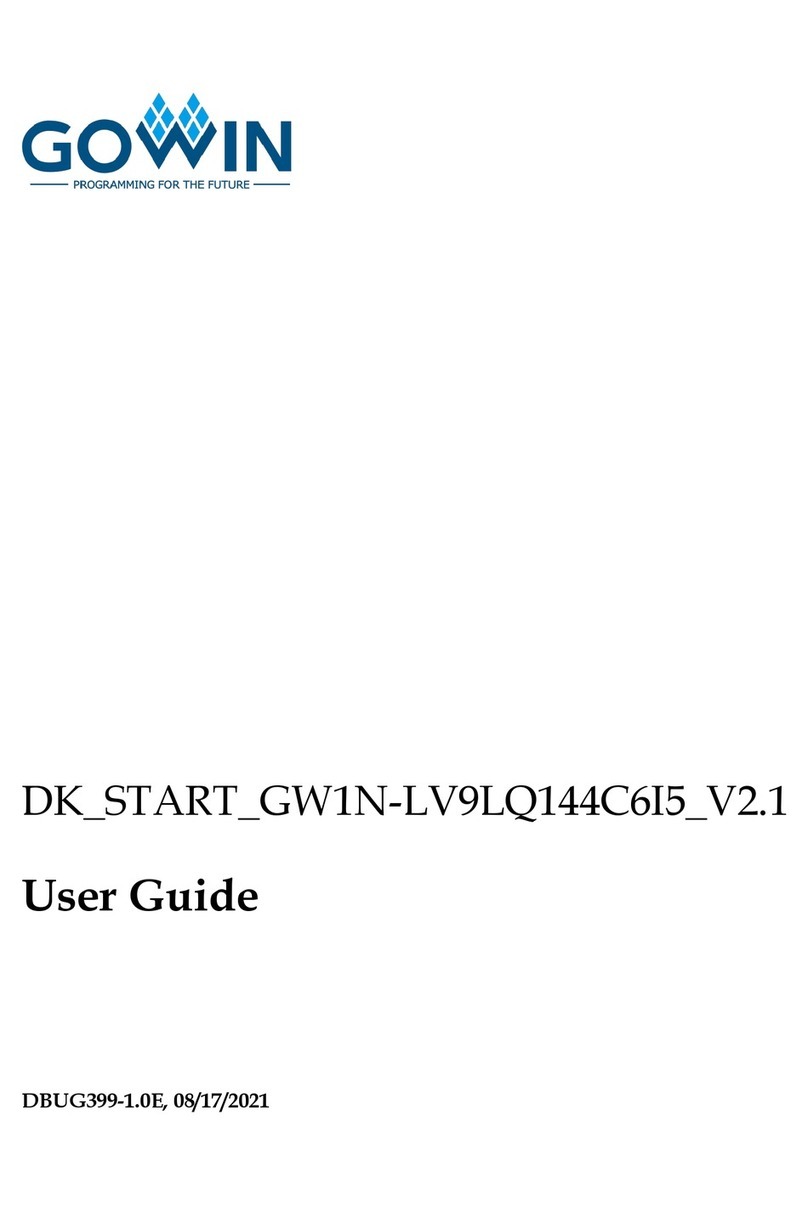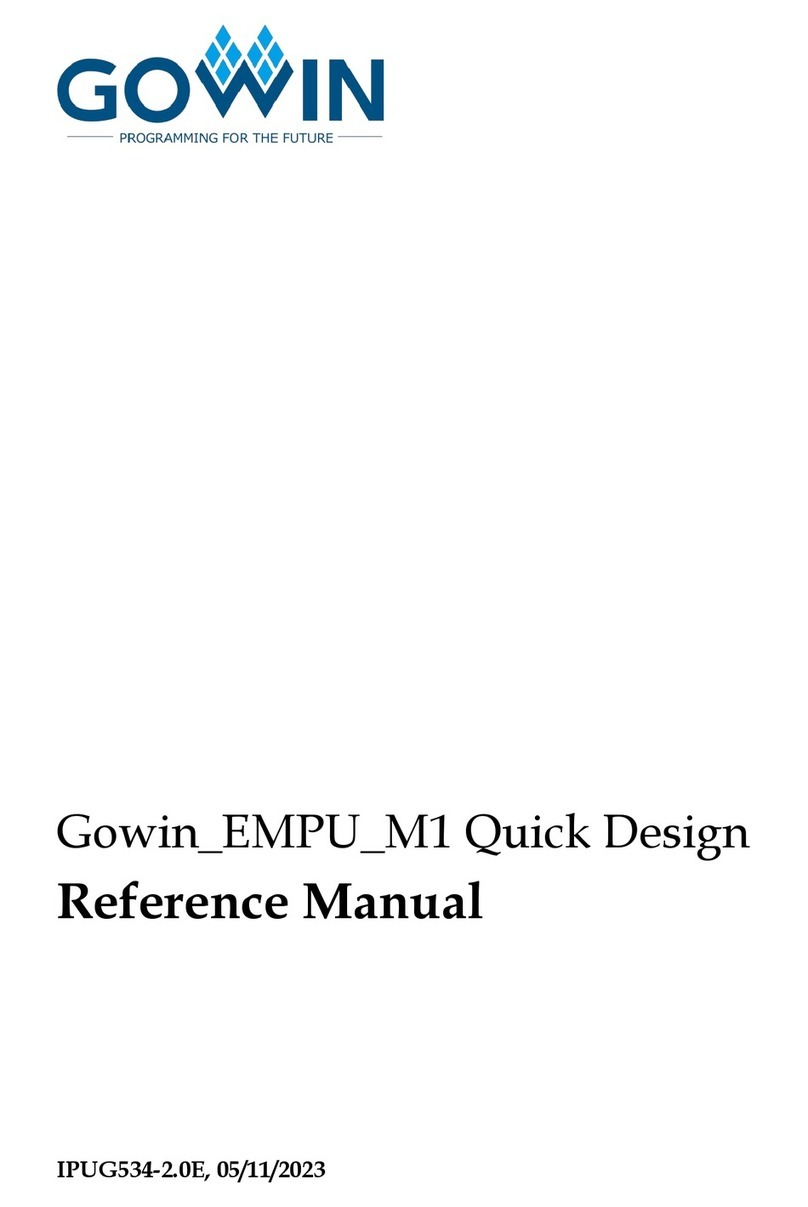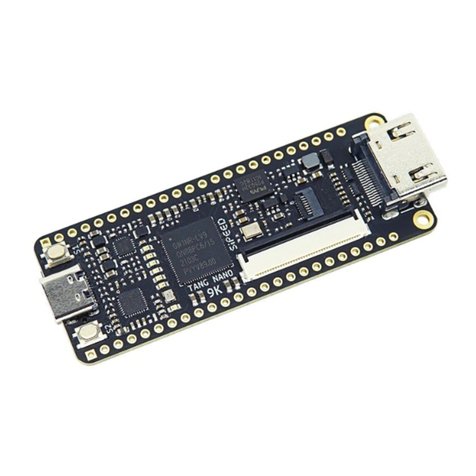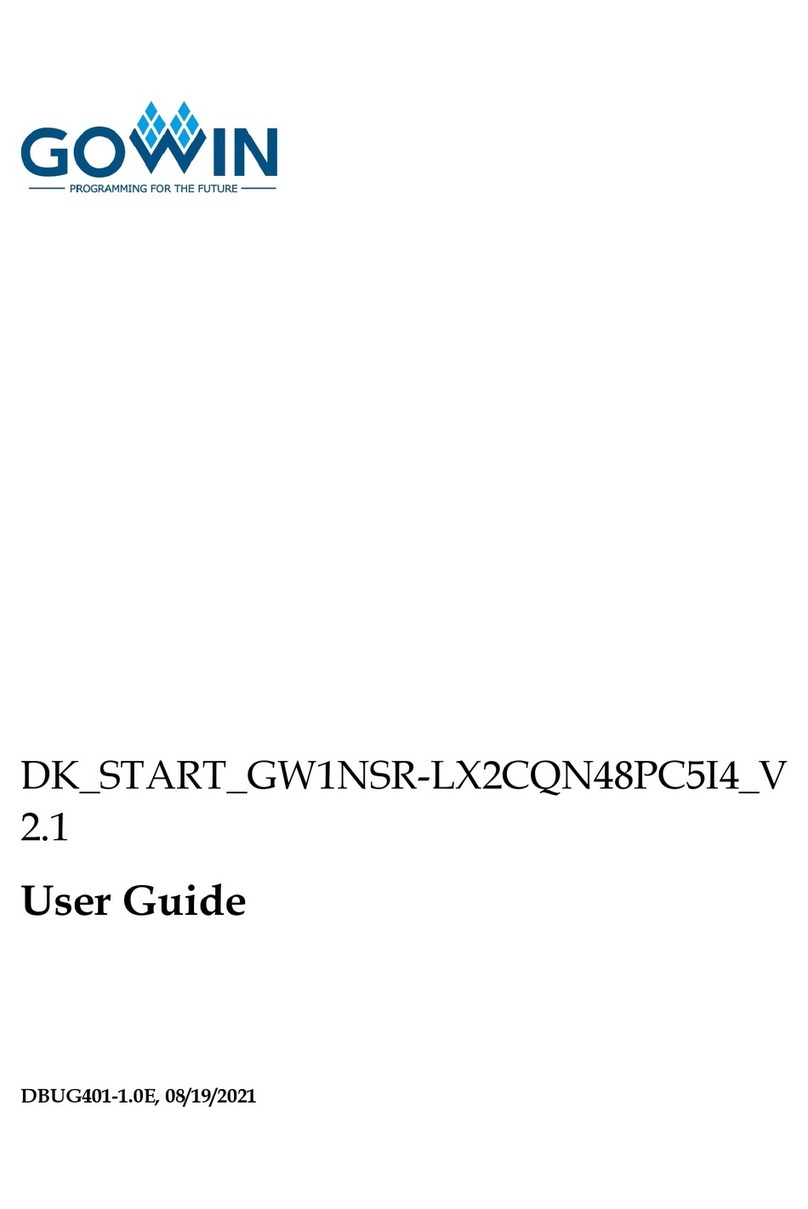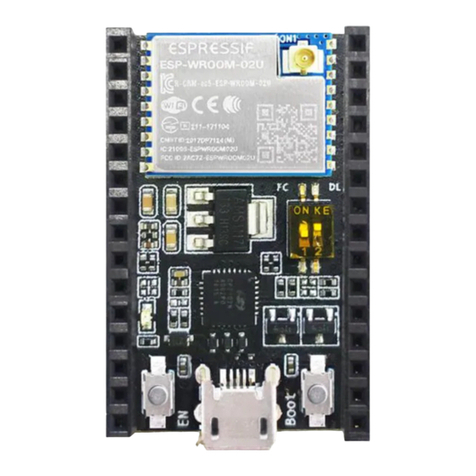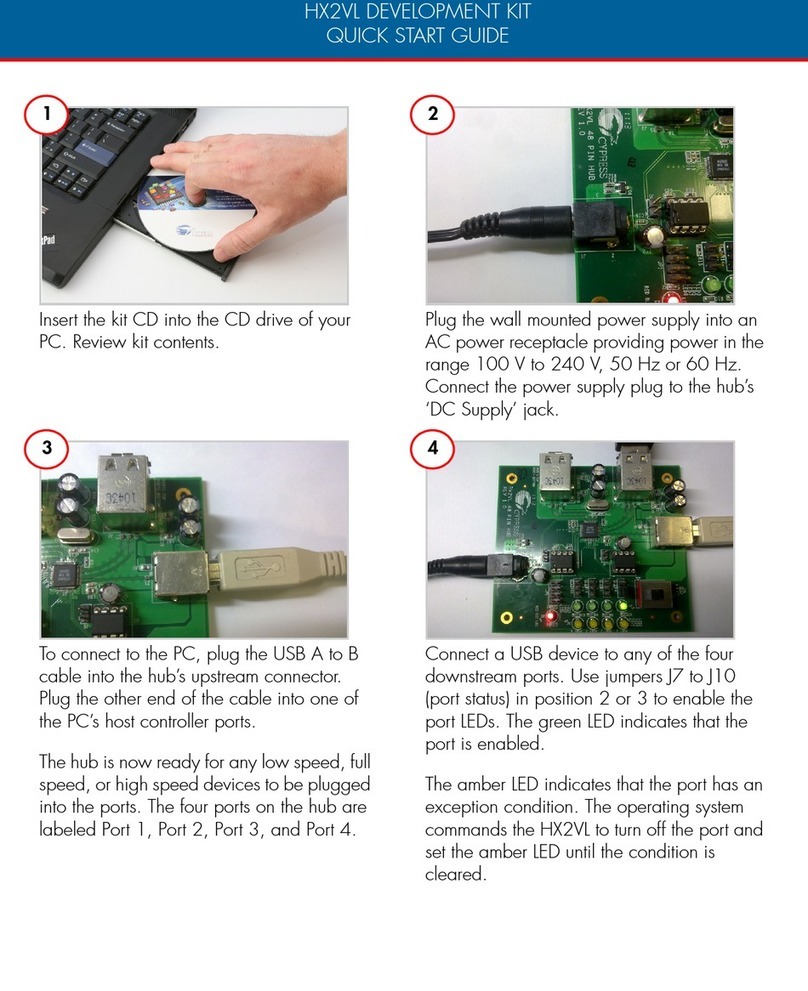3.4 Clock, Reset .....................................................................................................................12
3.4.1 Overview........................................................................................................................12
3.4.2 Clock, Reset ..................................................................................................................12
3.4.3 Pinout............................................................................................................................. 12
3.5 LED ...................................................................................................................................13
3.5.1 Overview........................................................................................................................13
3.5.2 LED Circuit..................................................................................................................... 13
3.5.3 Pinout............................................................................................................................. 13
3.6 Switches ...........................................................................................................................13
3.6.1 Overview........................................................................................................................13
3.7 Key....................................................................................................................................14
3.7.1 Overview........................................................................................................................14
3.7.2 Key Circuit .....................................................................................................................14
3.7.3 Pinout............................................................................................................................. 14
3.8 GPIO .................................................................................................................................14
3.8.1 Overview........................................................................................................................14
3.8.2 GPIO Circuit................................................................................................................... 15
3.8.3 Pinout............................................................................................................................. 15
3.9 MIPI/LVDS ........................................................................................................................15
3.9.1 Overview........................................................................................................................15
3.9.2 MIPI/LVDS Circuit ..........................................................................................................16
3.9.3 Pinout............................................................................................................................. 16
3.10 RS232.............................................................................................................................18
3.10.1 Overview......................................................................................................................18
3.10.2 RS232 Circuit...............................................................................................................18
3.10.3 Pinout........................................................................................................................... 19
4Considerations ............................................................................................20
5Gowin Software ...........................................................................................21


